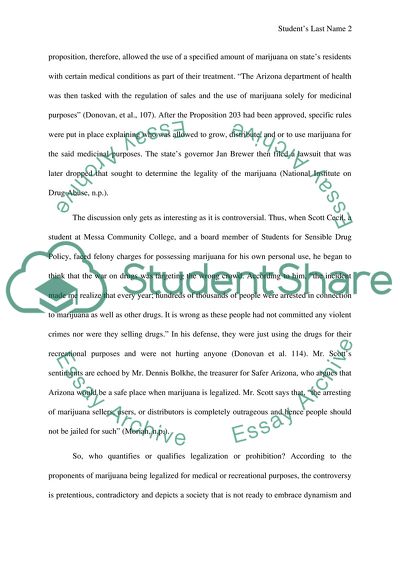Cite this document
(The Legalization of Marijuana for Recreational Uses Case Study, n.d.)
The Legalization of Marijuana for Recreational Uses Case Study. https://studentshare.org/law/1839253-the-controversy-analysis
The Legalization of Marijuana for Recreational Uses Case Study. https://studentshare.org/law/1839253-the-controversy-analysis
(The Legalization of Marijuana for Recreational Uses Case Study)
The Legalization of Marijuana for Recreational Uses Case Study. https://studentshare.org/law/1839253-the-controversy-analysis.
The Legalization of Marijuana for Recreational Uses Case Study. https://studentshare.org/law/1839253-the-controversy-analysis.
“The Legalization of Marijuana for Recreational Uses Case Study”. https://studentshare.org/law/1839253-the-controversy-analysis.


